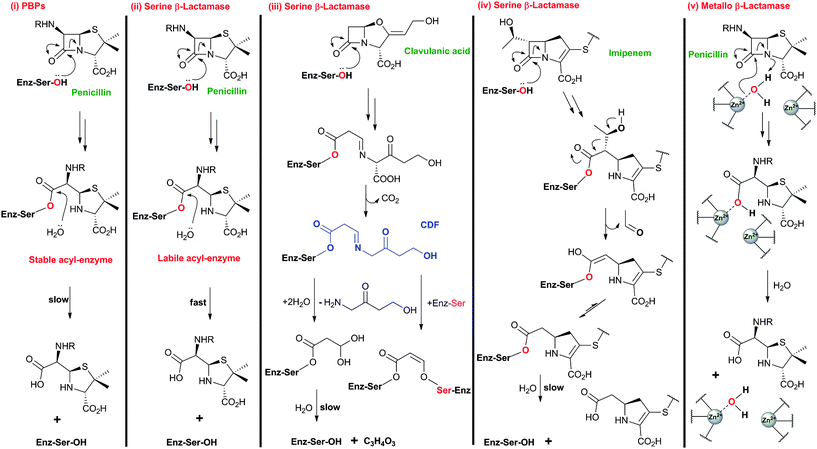

aeruginosa isolates from chronically infected patients with cystic fibrosis. Mutations in these genes, and other genes that we associated with aztreonam resistance, were common in P. Surprisingly, strains carrying evolved mutations which affected negative regulators of mexAB-oprM (mexR and nalD) demonstrated enhanced virulence in a murine pneumonia infection model. In some instances, evolved aztreonam-resistant strains exhibited increased resistance to structurally unrelated antipseudomonal antibiotics. Despite being largely stable when strains were passaged in the absence of antibiotics, aztreonam resistance was associated with decreased in vitro growth rates, indicating an associated fitness cost. The most frequently observed mutations affected negative transcriptional regulators of the mexAB-oprM efflux system and the target of aztreonam, ftsI While individual mutations conferred modest resistance gains, high-level resistance (1,024 µg/ml) was achieved through the accumulation of multiple variants. We identified 19 recurrently mutated genes associated with aztreonam resistance. Here, we used experimental evolution and whole-genome sequencing to investigate chromosomally encoded mutations causing aztreonam resistance in Pseudomonas aeruginosa and characterized the secondary consequences of resistance development. N2 - While much attention has been focused on acquired antibiotic resistance genes, chromosomal mutations may be most important in chronic infections where isolated, persistently infecting lineages experience repeated antibiotic exposure. T1 - Evolved Aztreonam Resistance Is Multifactorial and Can Produce Hypervirulence in Pseudomonas aeruginosa. Our study reveals inherent mechanisms of aztreonam resistance and indicates that aztreonam exposure can have unintended secondary effects. Surprisingly, we found that selection for aztreonam resistance mutations could confer increased resistance to other antibiotics and promote hypervirulence in a mouse infection model. We found that a diverse collection of genes contributes to aztreonam resistance, each with a small but cumulative effect. Here, using experimental evolution, we have cataloged spontaneous mutations conferring aztreonam resistance and have explored their effects. As for all antimicrobial agents, bacteria can evolve resistance that decreases the effectiveness of the drug however, the mechanisms and consequences of aztreonam resistance are incompletely understood. aeruginosa aztreonam resistance and raise the possibility that antibiotic treatment could inadvertently select for hypervirulence phenotypes.IMPORTANCE Inhaled aztreonam is a relatively new antibiotic which is being increasingly used to treat cystic fibrosis patients with Pseudomonas aeruginosa airway infections. These findings illuminate mechanisms of P. While much attention has been focused on acquired antibiotic resistance genes, chromosomal mutations may be most important in chronic infections where isolated, persistently infecting lineages experience repeated antibiotic exposure.


 0 kommentar(er)
0 kommentar(er)
